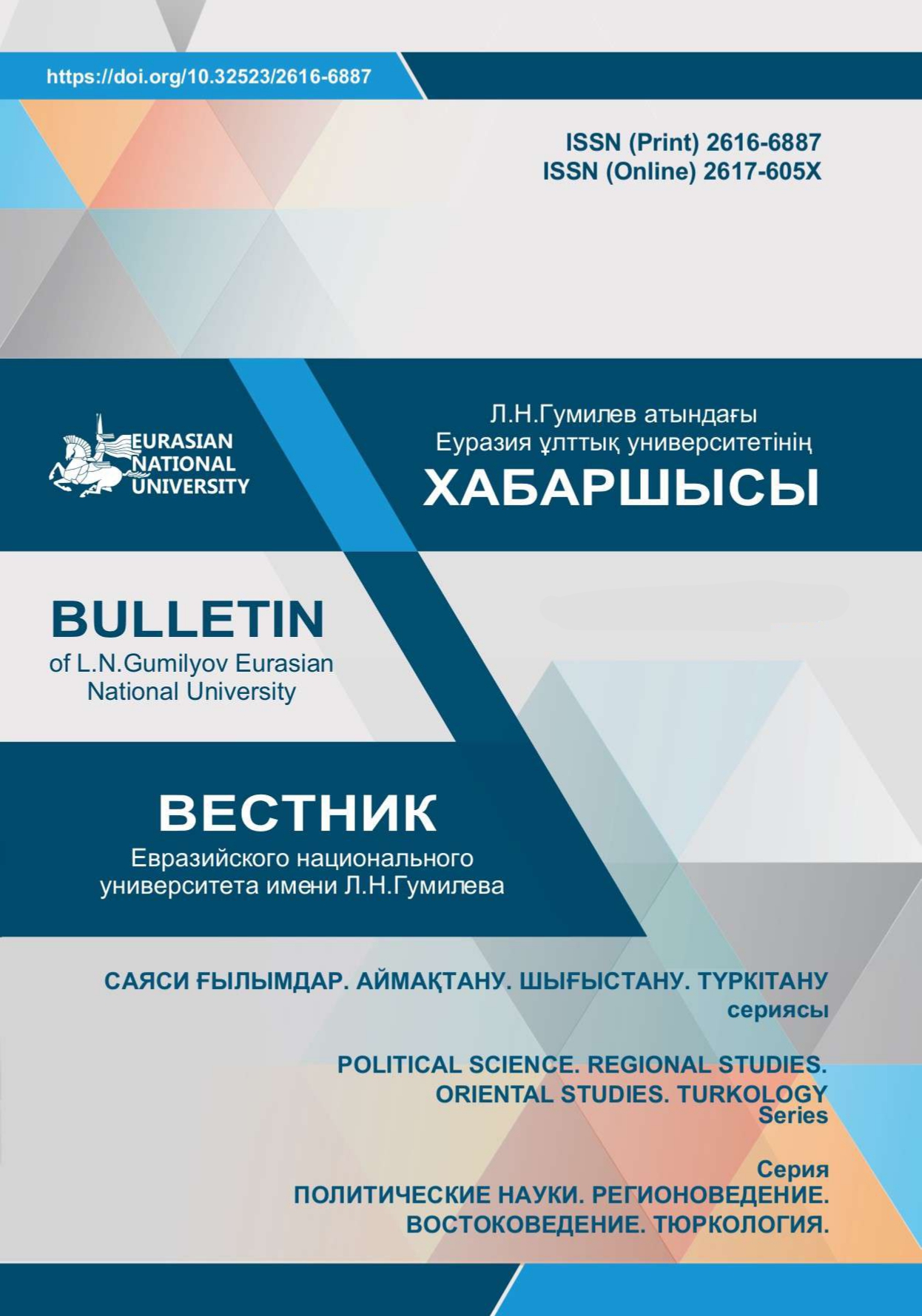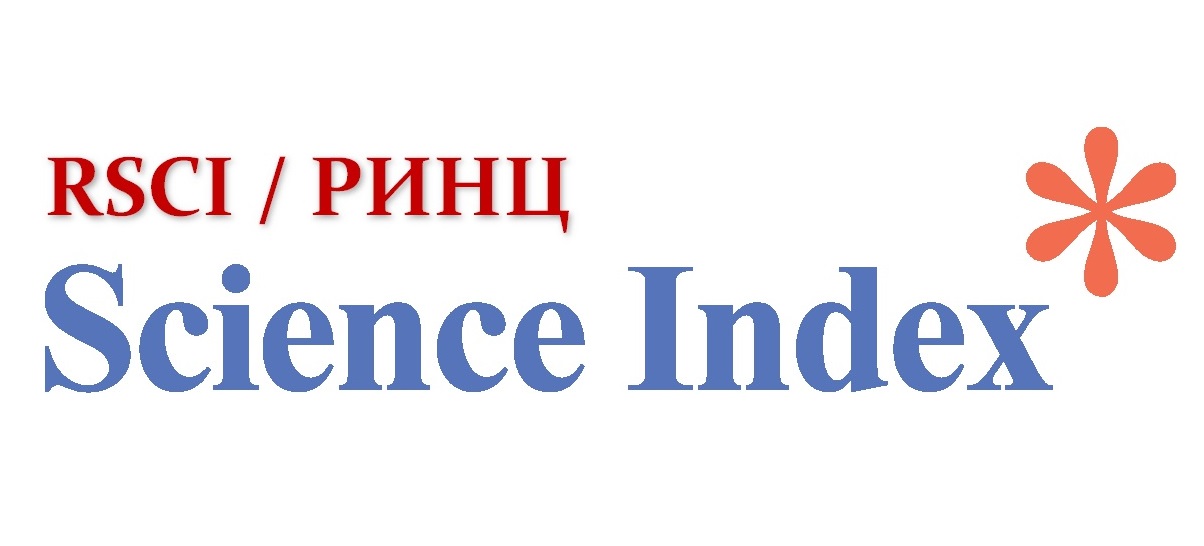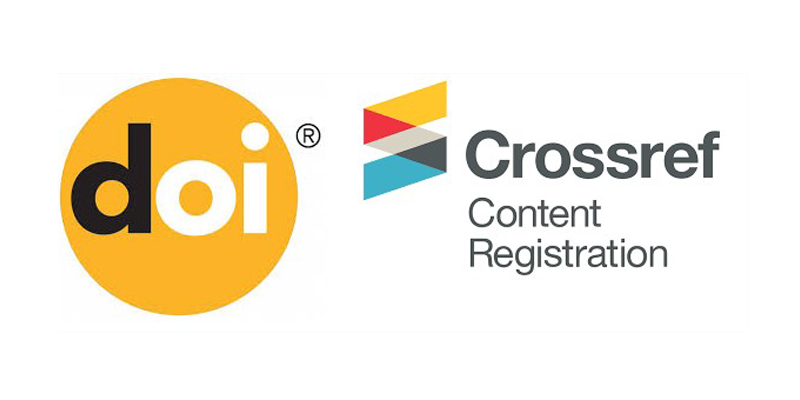Мәдени интеграция түркі мемлекеттерінің өзара ықпалдасуының негізгі бағыты ретінде: бастаулары, қалыптасуы және институционализациясы
Қаралымдар: 423 / PDF жүктеулері: 0 / PDF жүктеулері: 145
Аңдатпа
Мақала түркі интеграциясы мен түркі мәдени интеграциясы мәселелерін зерттеуге, өзара
байланысты ұғымдарды қарастыруға, сондай-ақ мазмұнды аспектіні зерттеуге арналған. Бұл категориялар арасында ынтымақтастық пен институционализация процестерінде біртұтас мотивациясына байланысты ұқсастықтар мен айырмашылықтар бар. Интеграция бір саладан екінші салаға ауысады, бұл
жалпы интегративті өзара іс-қимылды тереңдетеді және кеңейтеді және өзара тиімді ынтымақтастықтың
жаңа салаларын іздеуге бағытталған.
Түркі интеграциясы-бұл мүдделі авторлардың (Түркітілдес мемлекеттер, түркітілдес Халықпен автономия, Халықаралық Түркі ұйымдары, сарапшылар және т.б.) өзара іс-қимылы мен ынтымақтастығына
жалпымемлекеттік ұстаныммен негізделген неғұрлым тұтас түсінік пен құбылыс. Түркі мәдени интеграциясы оның бір бөлігі бола отырып, салалық аспектілерге көбірек әсер етеді. Түркітілдес елдер үшін
мәдениет саласындағы ынтымақтастық өзінің біртұтас тарихи және ақыл-ой тамырына қосылуға, бірегей
мұраны сақтау үшін тәжірибе алмасуды қолға алуға мүмкіндік береді.
Зерттеу аясында түркітілдес елдердің бірлескен іс-қимылдарының нәтижелерін, реттілігін және
оқиғаларын келтіре отырып, интеграциялық процестерді кезеңге бөлу ұсынылды. Біздің ойымызша,
әрбір оқиға немесе факт интеграцияны тереңдетуге ықпал етеді, ынтымақтастық көкжиегін кеңейтеді.
Түрксойдың қалыптасуы мен жұмыс істеуі мысалында жаңа бастамалар мен жобалардың пайда болуымен бірге түркі мәдени интеграциясын институционализациялау зерттелді.







